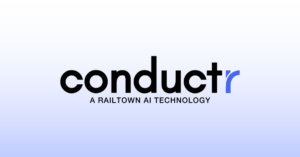The Wall Street Journal recently called Technical Debt a $1.52 trillion problem. This massive problem is brought about by development teams prioritizing speedy delivery of code over quality. Technical debt any code added that requires more work to fix later. It has consequences in the long run that significantly affect agility. Developers take the easy route in writing code to deliver quicker at the expense of just having to fix it later.
To avoid all that hassle, here are 10 ways to start paying down that debt with the help of Conductr AI.
Refactoring Regularly
– Continuously improve code quality by revisiting old code and refactoring it.
– Use tools that help identify “code smells” (problematic areas in the code)
Use Code Quality Tools
– Tools like SonarQube, ESLint, or ReSharper can automatically detect code issues that contribute to technical debt.
💡 With local error detection, Conductr.ai can augment your code quality tools and refactoring efforts. You can catch errors in development environments and the whole team can collaborate on fixing them.
Adopt Best Practices
– Use design patterns, clean coding principles, and keep the architecture modular and flexible.
– Following principles like SOLID, DRY (Don’t Repeat Yourself), and KISS (Keep It Simple, Stupid) can reduce the likelihood of technical debt.
Prioritize Debt in Planning
– Track and plan for reducing technical debt as part of your development cycle.
– Include technical debt reduction tasks in your sprint planning alongside feature development.
💡 Use Conductr’s Root Cause Analysis to track recurring issues and problematic areas in the code.
Implementing Automated Tests
– Ensure there is adequate test coverage (unit, integration, etc.) to catch issues early.
– Continuous testing makes future changes safer and easier to manage.
Continuous Integration (CI) and Deployment (CD)
Automating build and deployment processes ensures that small changes are tested and integrated regularly, reducing the risk of large-scale issues accumulating.
💡 Use Conductr AI’s velocity dashboards to verify that the team is releasing small, incremental changes regularly and avoiding large-scale, mega-releases.
Clean as You Go
– While adding new features or fixing bugs, take the opportunity to refactor related parts of the codebase. This minimizes the accumulation of debt over time.
Clear Documentation
– Keep documentation up-to-date to make future maintenance easier.
This helps new team members understand the architecture and design decisions.
💡You can ask our Conductor questions about your codebase, design decisions, previous refactoring efforts, and changes in requirements.
Avoid Overengineering
– Make sure that your solutions are scalable but don’t overcomplicate the design to prepare for edge cases that might never arise.
Code Reviews
– Peer reviews help identify potential technical debt early and can ensure that new code adheres to best practices.
💡Coming soon! Conductr’s AI-powered code reviews will help
-
- Provide an early warning for technical debt and over-engineering
- Match the code changes to the requirements
- Monitor and guide contributions from junior developers and AI-assisted coding tools
- Ensure industry best practices are followed
- Ensure adherence to your company’s unique best practices and standards
Conclusion
Modernizing old software isn’t just a nice-to-have—it’s key to staying secure, scalable, and efficient in today’s fast-paced tech landscape. With outdated systems costing businesses billions annually in downtime and maintenance, investing in improvements pays off quickly. Whether it’s breaking up monoliths, adopting automation, or shifting left, small changes add up fast. Start tackling your legacy issues now, and your future devs (and customers) will thank you.
Conductr AI can help you tackle your technical debt—give it a try today!






